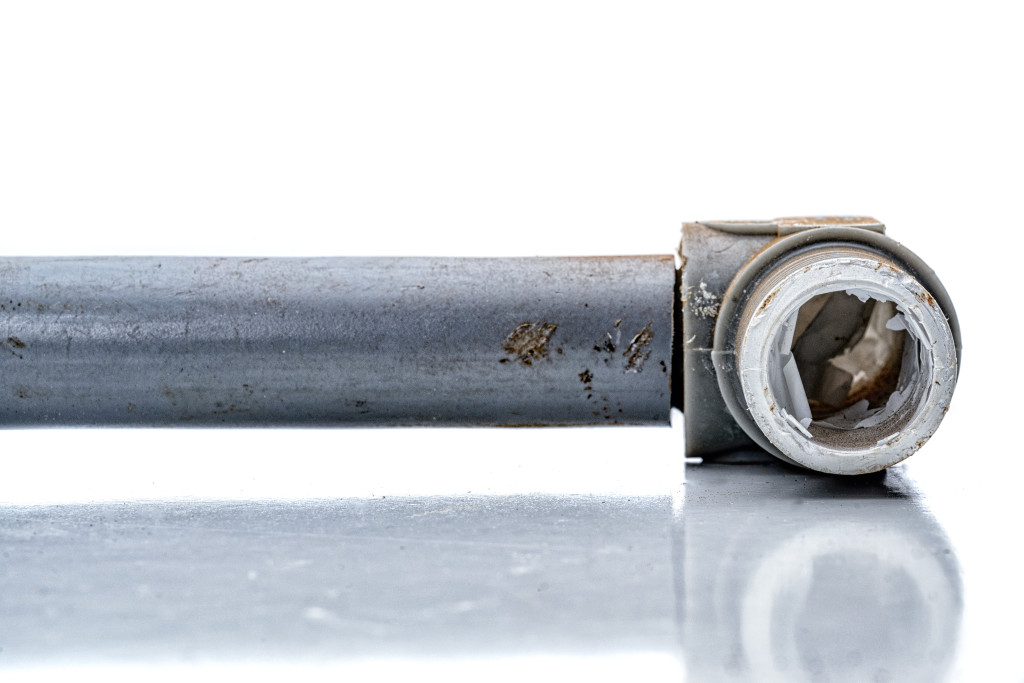
Unfortunately, common municipal water additives like chlorine attack poly pipes and fittings, leading to stress fractures and catastrophic failure, suddenly and without warning. In 1995, polybutylene manufacturers paid out a billion dollar settlement, but the timeline for making a claim has expired. For owners and property managers, only a small percentage of polybutylene properties were repiped during the settlement period, leaving millions of buildings with defective piping. As a result, the prevalence of poly is still considerably high across the country.
The longer polybutylene is in use, the greater the risk of serious complications. Left unaddressed, polybutylene cracks can result in severe property damage from flooding, mold infestation from undetected leaks, higher insurance premiums or even cancelled coverage, and not to mention – unhappy homeowners and residents.
In recent years, the presence of polybutylene has impacted real estate transactions, both from the buyer side (unable to secure financing or insurance) and the seller side (decreased valuation and increased risk). Currently, if you buy, sell or refinance a property, most insurers require polybutylene pipe replacement as a condition of the transaction.
Unsure if you have poly pipes? Give us a call for a free consultation and to learn more about how our One Call Repipe® solution works for replacing polybutylene piping systems.

